PostgreSQL is basically an (open-source) relational database management system (RDBMS) that provides a SQL querying language implementation. It adheres to industry standards and has some edge providing features like reliable transactions and concurrency without read locks. PostgreSQL is a popular choice for designing and administering systems that require robust and scalable data storage among data professionals, developers, and companies.
This article will provide an overview of PostgreSQL, its features, ways to install it, and how it helps manage databases.
How to Install PSQL - Table of Contents
What is PostgreSQL?
PostgreSQL, often referred to as "Postgres". It has the ability to handle large volumes of structured data efficiently while maintaining reliability and integrity. PostgreSQL is popular for its well versed features, extensibility, and a strong effect on standard procedures.
The open-source community's dedication to the program allows it to develop performant and new solutions continually. This technique enables data retrieval and manipulation across several data sources by allowing a smooth interface with other databases, both PostgreSQL and non-PostgreSQL.
| If you want to enrich your career and become a professional in PostgreSQL, then enroll in "PostgreSQL Online Training". This course will help you to achieve excellence in this domain. |
Features of PostgreSQL
Some of the features of PostgreSQL are given below:
- ACID Properties: ACID properties stand for: Atomicity, Consistency, Isolation, and Durability. This implies that transactions can be processed reliably, even in case of system failures.
- SQL Support: PostgreSQL supports various SQL commands, making it compatible with various data manipulation applications and tools.
- Extensibility: Developers can create operators, unique data types, functions, and even entire programming languages to extend the database's capabilities to meet specific use cases.
- Relational Database Management: PostgreSQL follows the relational database model, which means an organization of data into tables with rows and columns. Relationships between tables are established using keys, allowing for efficient data storage and retrieval.
- Triggers: Developers can define triggers and stored procedures within the database, automating actions and implementing business logics directly in the database itself.
- Concurrency: Multi-version concurrency Control allows multiple transactions to take place at the same time without causing any data conflicts or errors.
Importance of PostgreSQL
Because of its excellent capabilities, dependability, and flexibility, PostgreSQL has received a worldwide reputation and acceptance. Some of the key points are as follows:
- Standard Compliance: PostgreSQL follows ANSI SQL standards and supports a variety of SQL capabilities. This interoperability enables PostgreSQL-based apps to be more likely to be transferable across other database systems.
- Robust: PostgreSQL has a track record of excellent critical data handling for applications ranging from small enterprises to major corporations.
- Indexing: It provides various indexing strategies that optimize query performance and speed up data retrieval for applications that require fast results.
- Full-Text Search: Full-text search functionality is crucial for applications requiring extensive text-based search capabilities, such as e-commerce platforms or content management systems.
- Geospatial Capabilities: PostgreSQL is a way better choice for applications requiring geographic information systems and location-based services because of its built-in support for geospatial data.
- Versatility: PostgreSQL's versatility suits it for a wide range of applications, including web development, corporate intelligence, data warehousing, and scientific research and much more.
How to Download and Install PostgreSQL on Windows?
Follow the steps given below to install PostgreSQL on your Windows:
Step 1: To download PostgreSQL installers on EnterpriseDB, visit here https://www.enterprisedb.com/downloads/postgres-postgresql-downloads and click Download.
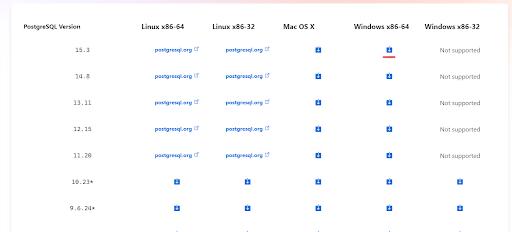
Step 2: When you double-click the installer file, an installation wizard will appear, leading you through various steps to select different PostgreSQL configurations. Click "Next"
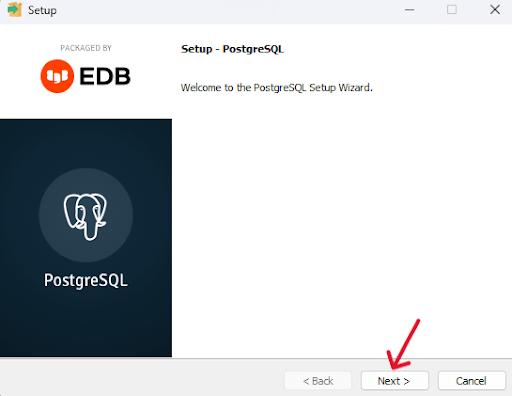
Step 3: Select "Next" after selecting any folder or the PostgreSQL installer's default folder.
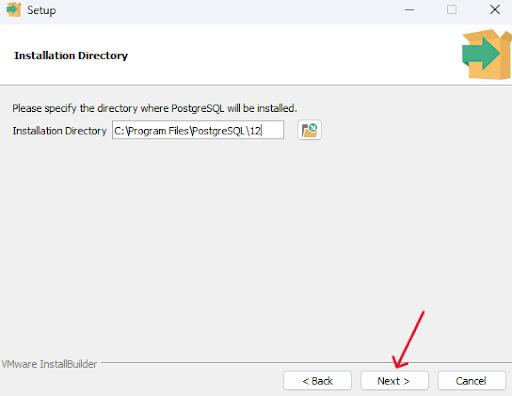
Step 4: The PostgreSQL Server is used to install the PostgreSQL database server, and pgAdmin 4 is used to install the PostgreSQL database GUI management tool.
Install command-line utilities such as pg_restore, psql, etc.
For obtaining and installing PostgreSQL drivers, Stack Builder provides a graphical user interface.
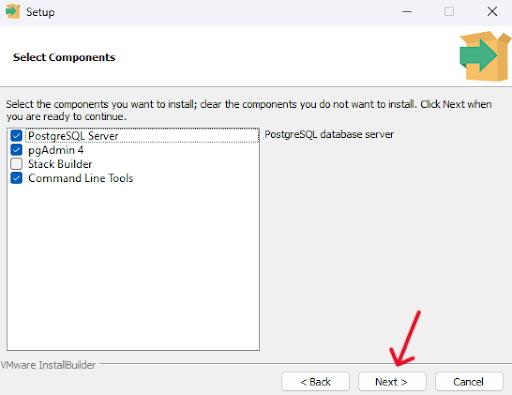
[ Check out How to Install Node JS on Windows? ]
Step 5: Choose a database directory to store the data in, or use the default folder. And then press the “Next” button to go to the next step.

Step 6: Enter the database superuser (postgres) password and select "Next".
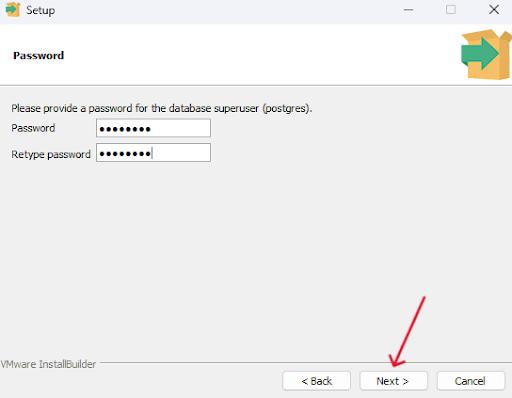
[ Check out How to Download and Install TensorFlow? ]
Step 7: You can Enter a port number for the PostgreSQL database server to listen on. By default, PostgreSQL's port is 5432.
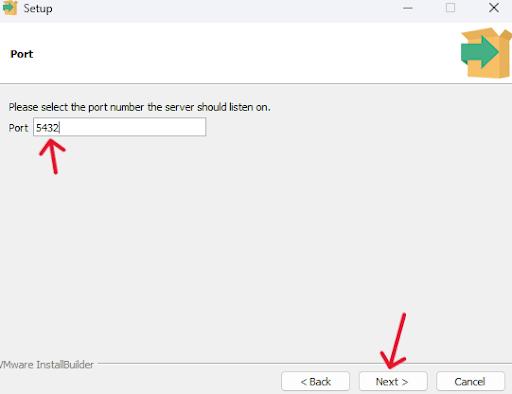
Step 8: Select the PostgreSQL database's default locale. It will use the operating system locale if you leave it as default.
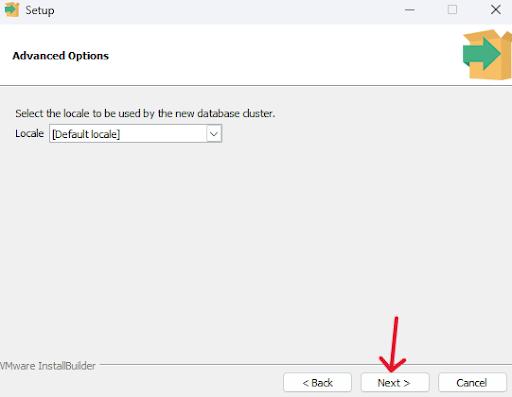
[ Learn the Steps to Install Angular on Windows ]
Step 9: The setup wizard will display the PostgreSQL summary information. click on the ‘Next’ button.
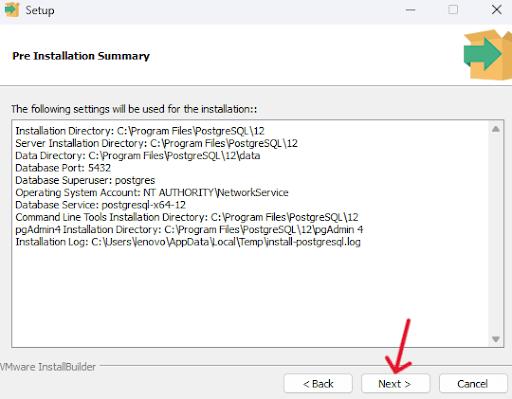
Step 10: Click on the "Next" button to install PostgreSQL.
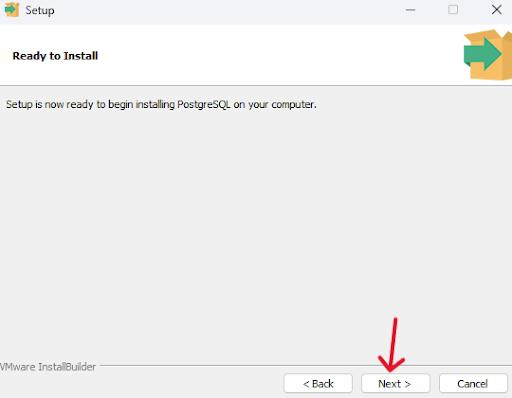
| Check out the Top PostgreSQL Interview Questions and Answers that help you grab high paying jobs |
PostgreSQL Installation FAQs
1. How to install Postgres on a PC?
To install PostgreSQL on a PC you first need to download the installation setup from the official website and then perform the above steps on a Windows machine. This will help you to get started with PostgreSQL.
2. How to run Postgres in cmd?
Start the command line shell on Windows using ‘cmd’. After the shell is opened type “psql -U postgres” and hit enter. You can find your PostgreSQL running on cmd.
3. What is the ‘psql’ command?
'Psql’ serves as a command line front-end interface to PostgreSQL. With the help of ‘psql’ you can type database queries interactively, provide them to PostgreSQL, and view the query results.
4. How to check the Postgres version in Windows using cmd?
Using the command “psql –version” on cmd, we can check the current version installed on the system. Or you can also check manually by checking the ‘properties’ of PostgreSQL from pgAdmin.
5. Where PostgreSQL is installed?
Usually as per the by default settings, PostgreSQL is installed on the folder C:\Program Files\PostgreSQL\9.3. But during installation, you can also provide a custom path for the different locations.
Visit here to learn PostgreSQL Training in Hyderabad
Conclusion
The first step in using this robust relational database management system is to install PostgreSQL. Being an open-source project PostgreSQL benefits from a dedicated community of developers and users Whether you're a data specialist, a developer, or a company searching for a reliable database solution, once installed, you'll be able to create databases, manage data, and construct applications that take advantage of PostgreSQL's capabilities. In this way, we have learned about complete Postgresql installation, its features, prerequisites, and its importance. Hope this article has helped you setting up your own PostgreSQL.
 On-Job Support Service
On-Job Support Service
Online Work Support for your on-job roles.

Our work-support plans provide precise options as per your project tasks. Whether you are a newbie or an experienced professional seeking assistance in completing project tasks, we are here with the following plans to meet your custom needs:
- Pay Per Hour
- Pay Per Week
- Monthly
| Name | Dates | |
|---|---|---|
| PostgreSQL Training | Jan 20 to Feb 04 | View Details |
| PostgreSQL Training | Jan 24 to Feb 08 | View Details |
| PostgreSQL Training | Jan 27 to Feb 11 | View Details |
| PostgreSQL Training | Jan 31 to Feb 15 | View Details |
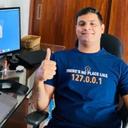
Hari Kiran is an accomplished Database Engineer with an extensive 17-year career spanning various IT domains, including healthcare, banking, project & portfolio management, and CRM. He brings a fervent dedication to PostgreSQL and has provided invaluable support to clients worldwide, offering expertise in database administration, enterprise deployments, security enhancements, backup and recovery strategies, and performance optimization. Hari has held positions at renowned organizations such as GE, EDB, Oracle, Optum, and 2ndQuadrant. Currently, Hari is leading Customer Success at pgEdge and continuing his Entrepreneurial journey with OpenSource DB. Additionally, he is a sought-after speaker at PostgreSQL conferences like FOSSASIA Summit, PGConf India/ASIA, and PGConf Down Under in Australia.
















